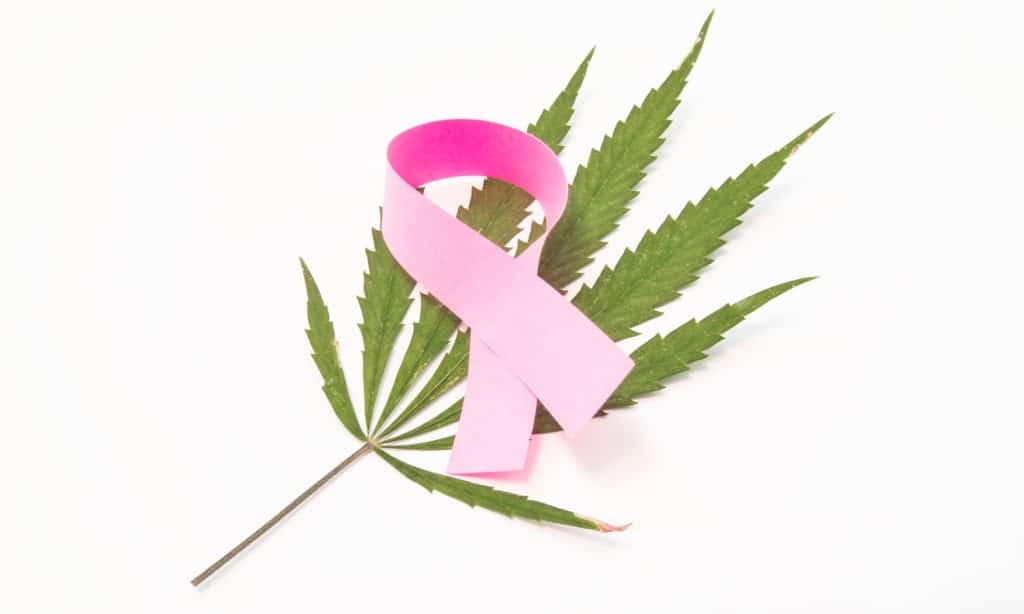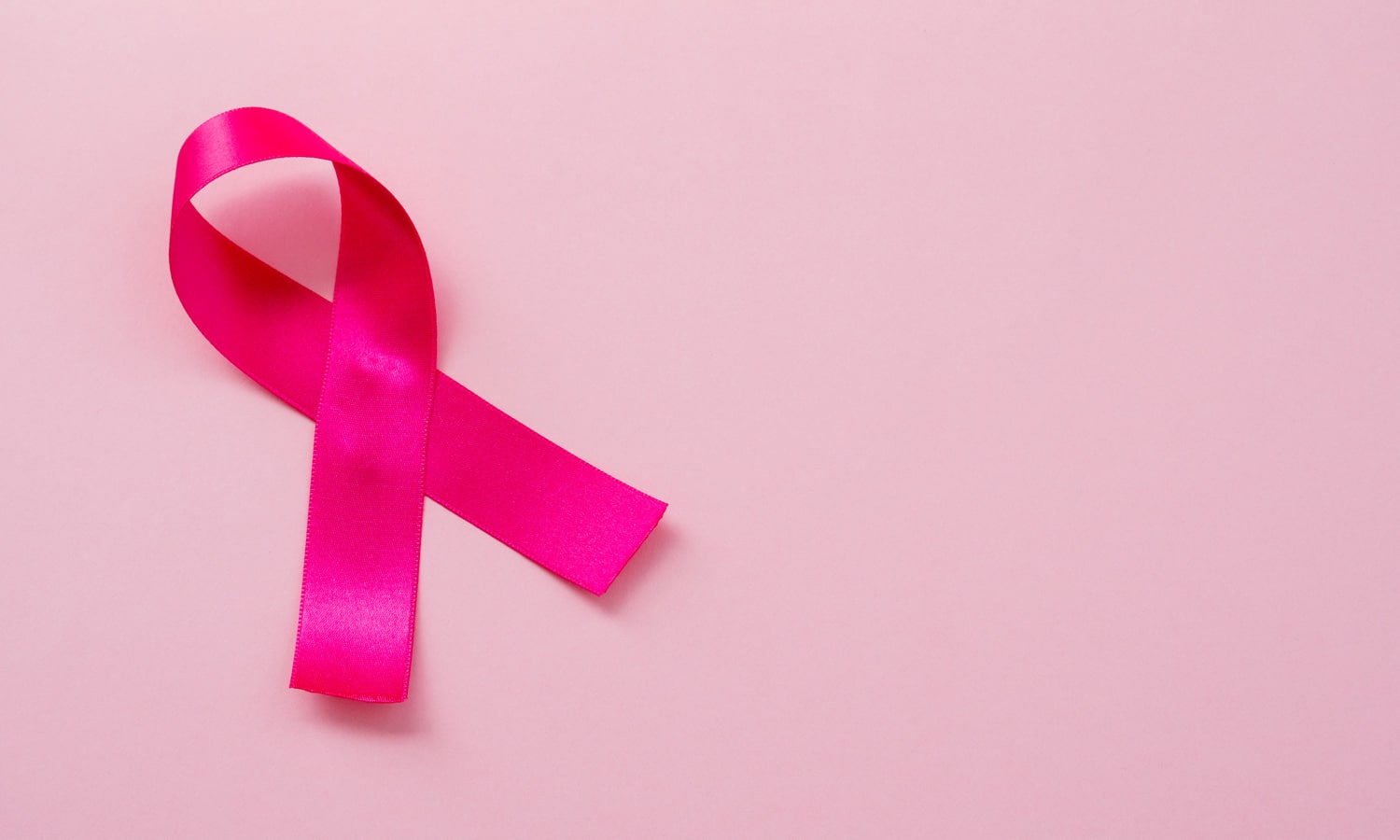A breast cancer patient from Minnesota shares her cancer journey and how medical marijuana has made a great deal of difference in her treatment.
“Marijuana has been used in herbal remedies for centuries. Scientists have identified many biologically active components in marijuana. These are called cannabinoids. The two best studied components are the chemicals delta-9-tetrahydrocannabinol (often referred to as THC), and cannabidiol (CBD). Other cannabinoids are being studied.” — American Cancer Society
With states all over the U.S. legalizing medical marijuana for those with certain conditions, many more cancer patients are not hesitating to ask their care teams if marijuana could help them through cancer treatment, recovery and beyond.
Nancy (whose name was changed to protect her privacy), a breast cancer patient from Minnesota, shared exclusively with The Fresh Toast her cancer journey and how medical marijuana has made a great deal of difference in her treatment. When asked how marijuana had augmented her treatment, Nancy shared that while she had hesitation in the beginning, marijuana changed her life in a matter of hours. “I am able to be off my anti-nausea cocktails now. It’s pretty remarkable how medical marijuana is not only helping my nausea and appetite, but my pain as well.”
Nancy isn’t the only cancer patient who has seen a dramatic shift while taking marijuana. Time Magazine featured stories of cancer patients and the marijuana they received in their documentary, “Weed the People.” Hosted by veteran television star and producer Ricki Lake, the documentary focused on real-life examples of patients seeking alternative drugs. Lake explained, “I want to get people seeing it as a medicine, seeing what it was able to do for these children, and fight for this medicine to be available to everyone who needs it.”

Here’s what three of America’s most famous cancer organizations have to say about medical marijuana and cancer:
The American Cancer Society: According to the American Cancer Society, “studies have long shown that people who took marijuana extracts in clinical trials tended to need less pain medicine.” Additionally, the Society notated that, “a number of small studies of smoked marijuana found that it can be helpful in treating nausea and vomiting from cancer chemotherapy. A few studies have found that inhaled (smoked or vaporized) marijuana can be helpful treatment of neuropathic pain (pain caused by damaged nerves).”
RELATED: Cannabis During Breast Cancer Treatment: What Are The Benefits?
BreastCancer.org: BreastCancer.org shared a patient story regarding medical marijuana’s effects for those with terminal illnesses, featuring Virginia F. Borges, M.D., MMSc., professor of medicine and director of the Breast Cancer Research Program at the University of Colorado Cancer Center. She stated:
“It’s rare that a person living with metastatic breast cancer would have only one side effect to manage. So, by adding in medical marijuana, it often allows me to cut back on the number of drugs I prescribe. With a high-quality source for medical marijuana and knowing how it affects an individual, using medical marijuana can put more control back in the hands of my patient. If someone is feeling good, she may only need to take one or two drops per day. If she’s not feeling good, she may need three or four drops per day. Many of the prescription drugs don’t have this flexibility. Any time you can give control back to a person when their living with cancer, it’s a good thing.”
RELATED: CBD And Chemo Combo Increases Cancer Survival Rates
Livestrong: Focused on holistic care for those wanting to live their best life, Livestrong shared that not only does hemp oil contain Phyto cannabinoids and terpenes (the substance in many essential oils) but, cannabis contains elements like “phytosterol in hemp oil, beta-sitosterol, is known for being able to reduce inflammation and cholesterol.”
For those looking to specific studies of how cancer might be managed with CBD or marijuana, see our recent pieces.


